Select an Orthopaedic Specialty and Learn More
Use our specialty filter and search function to find information about specific orthopaedic conditions, treatments, anatomy, and more, quickly and easily.
GET THE HURT! APP FOR FREE INJURY ADVICE IN MINUTES
Shoreline Orthopaedics and the HURT! app have partnered to give you virtual access to a network of orthopaedic specialists, ready to offer guidance for injuries and ongoing bone or joint problems, 24/7/365.
Browse Specialties
-
- Minimally Invasive Surgery (Arthroscopy)
Arthroscopy (Minimally Invasive Surgery)
Arthroscopy is a minimally invasive surgical procedure used by orthopaedic surgeons to visualize, diagnose, and treat problems inside the joint. Because it requires only tiny incisions, arthroscopy can be performed without a major, invasive operation and many procedures can be done on an outpatient basis.
More Info -
- Foot & Ankle
Cavovarus Foot Deformity
The term “cavovarus” refers to a foot with an arch that is higher than normal, and that turns in at the heel. Weakness in the peroneal muscles and sometimes the small muscles in the foot are often the cause of a cavovarus foot deformity. As the deformity worsens, there can be increasing pain at the ankle due to recurrent sprains, painful calluses at the side of the foot or base of the toes, or difficulty with shoe wear.
More Info -
- Fractures, Sprains & Strains
- Knee
- Ligament Disorders
- Sports Medicine
Combined Knee Ligament Injuries
Because the knee joint relies just on ligaments and surrounding muscles for stability, it is easily injured. Direct contact to the knee or hard muscle contraction, such as changing direction rapidly while running, can injure a knee ligament. It is possible to injure two or more ligaments at the same time. Multiple injuries can have serious complications, such as disrupting blood supply to the leg or affecting nerves that supply the limb’s muscles.
More Info -
- Diagnostics & Durable Medical Equipment (DME)
Durable Medical Equipment (DME)
Shoreline Orthopaedics offers Durable Medical Equipment (DME) designed to address a wide variety of orthopaedic conditions and musculoskeletal issues. Our experts will provide the necessary instructions for use and help with fitting for the best possible outcome.
More Info -
- Arthritis
- Hip
- Joint Disorders
- Joint Replacement & Revision
Hip Arthritis
Hip arthritis is a leading cause of hip pain and stiffness. Arthritis is the loss of the normal protective cartilage that covers the bones. When this cartilage or “padding” of the bone breaks down and is lost, areas of raw bone become exposed. When large areas of bone are exposed, they grind against each other with standing and walking. This is “bone on bone” arthritis and is usually painful.
More Info -
- Arthritis
- Joint Disorders
- Knee
- Physical Medicine & Rehabilitation (PM&R)
Knee Arthritis
The knee is one of the most commonly involved joints with arthritis. Arthritis is the loss of the normal protective cartilage that covers the bones. When this cartilage or “padding” of the bone breaks down and is lost, areas of raw bone become exposed and grind against each other with standing and walking. This is “bone on bone” arthritis and is usually painful.
More Info -
- Fractures, Sprains & Strains
- Knee
- Ligament Disorders
- Sports Medicine
PCL Injuries & Reconstruction
Injuries to the posterior cruciate ligament are not as common as other knee ligament injuries. They are often subtle and more difficult to evaluate than other ligament injuries in the knee. Many times a posterior cruciate ligament injury occurs along with injuries to other structures in the knee, such as cartilage, other ligaments, and bone.
More Info -
- Neck and Back (Spine)
Preventing Back Pain
Back pain can vary according to the individual and underlying cause. The pain may dull, achy, sharp, stabbing, or it may feel like a cramp, or “charley horse.” The intensity of pain may worsen with certain activities, such as bending, lifting, standing, walking or sitting.
More Info

